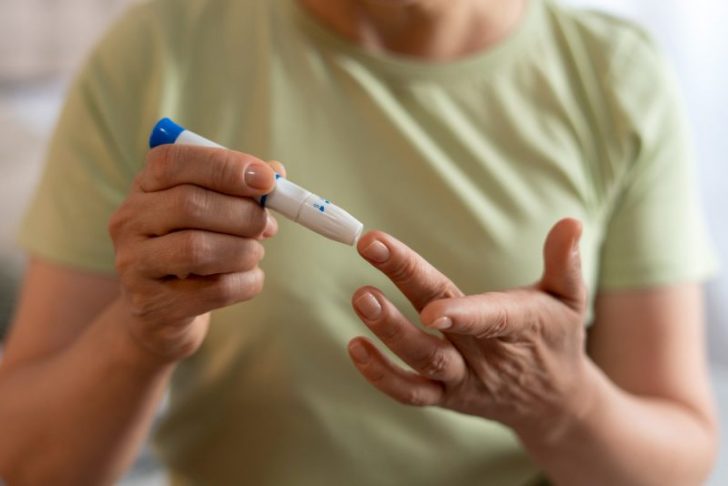Ozempic is the talk of the weight loss world. People are dropping pounds fast. But along with the shrinking waistlines, some are losing more than fat. Hair thinning. Muscles are fading. And suddenly, the glow of quick results is getting clouded by real concerns.
Most folks don’t expect to trade their hair or strength just to fit into smaller clothes. Yet, that is what some Ozempic users are experiencing. And it is making headlines for all the wrong reasons.
Hair Loss Concerns
Ozempic doesn’t directly cause hair loss. But the rapid drop in pounds can stress your body. That stress can push more hair into the shedding phase, called telogen effluvium. It is common with big weight changes or crash diets. Now, it is popping up in Ozempic users, too.

Tim / Pexels / Hair thinning (telogen effluvium) is not a direct side effect of Ozempic. But it results from the stress of rapid weight loss, nutritional deficiencies, or metabolic changes.
This shedding usually starts around 3 to 6 months after beginning the drug. For most, it stops within a year. But during that time, clumps in the shower or thinning patches can feel like a shock, especially for women, who studies say are twice as likely to be affected.
A 2025 study found that people using semaglutide, the active ingredient in Ozempic, had a 50% higher chance of losing hair compared to other weight-loss drugs. That risk jumped even more for those who lost over 20% of their body weight. More weight gone, more hair gone.
How to Keep Your Hair While on Ozempic?
First, check your diet. Hair needs protein, iron, biotin, and zinc to grow. Without them, shedding speeds up. Aim for at least 60 grams of protein a day, and make sure your meals are balanced. Don’t just eat less. Eat smart.
If you are already seeing hair fall, treatments can help. Minoxidil is one. Volumizing shampoos like Nioxin offer a boost. PRP therapy, where your own blood is used to help follicles, is another option if things get bad. And blood tests can spot hidden issues, like low iron or thyroid problems.

Freepik / In obesity trials, 25 to 40% of the weight lost on Ozempic came from lean muscle mass. That is about 15 pounds for many users.
This kind of muscle loss can mimic what we see in aging. It is called sarcopenia, and it is linked to weakness, slower movement, and frailty. If you are losing fat and muscle, the scale might cheer you on. But your body won’t.
Muscle Loss Hurts More Than Your Workout
Losing muscle doesn’t just affect strength. It changes how your body burns calories. Less muscle means a slower metabolism. So, even though you are losing weight now, you might find it harder to keep it off later.
Long-term, this can mess with balance, mobility, and energy. The weight loss high fades, and you are left feeling weak. That is not the result most Ozempic users signed up for.
You don’t need to live in the gym, but you do need to move weights. Aim for 240 minutes a week of strength training. Resistance bands count, so do bodyweight moves like squats and push-ups.
And don’t skip protein. Your body needs 1.2 to 1.75 grams per kilogram of body weight daily to maintain muscle. Eat eggs, chicken, tofu, Greek yogurt, whatever fits your style—just get enough.





